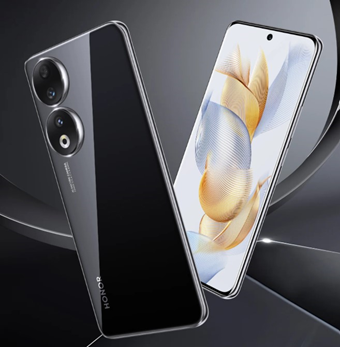In
today's interconnected world, phone numbers serve as the digital addresses that
facilitate communication between individuals, businesses, and organizations.
While we often take them for granted, understanding how phone numbers work
unveils the intricate infrastructure that enables seamless connectivity. From
the familiar strings of digits to the complex routing systems behind them,
let's delve into the mechanics of phone numbers.
The Anatomy of Phone Numbers
Number Structure and Formatting
Phone
numbers typically comprise a combination of digits arranged in a specific
format. This format varies globally but commonly includes a country code, area
code, and subscriber number. These segments serve as identifiers, pinpointing
the geographical location and individual device associated with the number.
Additionally, formatting conventions ensure clarity and consistency in
communication across different regions and networks.

Country Codes
At
the forefront of every phone number lies the country code, a numerical prefix
that designates the country of origin. Each country possesses a unique code,
facilitating international calls and distinguishing between domestic and
overseas numbers. For instance, the United States is denoted by the country
code "+1," while the United Kingdom bears the code "+44."
This initial component acts as a gateway, directing calls to the appropriate
national network.
Area Codes
Beneath
the country code lies the area code, which specifies a particular geographic
region within a country. Area codes help localize calls, directing them to the
correct city, town, or district. These codes vary in length and significance,
with populous areas often possessing multiple codes to accommodate the high
volume of subscribers. When dialing locally, callers omit the country code but
include the area code to establish a connection within the designated region.
Subscriber Numbers
Completing
the trifecta is the subscriber number, a unique sequence assigned to individual
devices or lines within a specific area code. This segment distinguishes one
phone from another within the same geographic region, enabling precise routing
to the intended recipient. Subscriber numbers can vary in length and
composition, accommodating the diverse array of devices and services connected
to telecommunications networks.
Routing and Switching
Behind
the scenes, a sophisticated network of switches and routers ensures that calls
reach their destination accurately and efficiently. When a call is initiated,
the originating network analyzes the dialed number and determines the most
efficient path to the recipient. This process involves routing the call through
a series of switches, which act as digital relay stations, directing the signal
toward its final destination. Whether traversing local or international
boundaries, this intricate network infrastructure ensures seamless connectivity
across vast distances.
Number Portability
In
the modern telecommunications landscape, users often possess the flexibility to
retain their phone numbers when switching service providers or relocating to
different regions. This capability, known as number portability, relies on
centralized databases and cooperation between telecommunications companies. By
transferring subscriber information and routing instructions, users can
maintain continuity in their communications while enjoying the freedom to
change providers as needed.
Emerging Technologies
As
technology evolves, so too does the landscape of telecommunications. From Voice
over Internet Protocol (VoIP) to virtual phone numbers, innovative solutions
continue to redefine how we perceive and utilize phone numbers. VoIP, for
example, leverages internet connectivity to transmit voice data, offering
cost-effective alternatives to traditional phone services. The HONOR 90 Smart 5G
supports LTE voice calling, offering better call quality and enhanced
stability.

Conclusion
Phone
numbers serve as the cornerstone of modern communication, enabling individuals
and businesses to connect effortlessly across vast distances. By understanding
the structure and functionality of phone numbers, we gain insight into the
complex systems that underpin our interconnected world. From country codes to
subscriber numbers, each component plays a crucial role in facilitating
seamless communication in an increasingly digital age. As technology advances
and new innovations emerge, the role of phone numbers continues to evolve,
shaping the way we interact and communicate in an ever-changing landscape.
